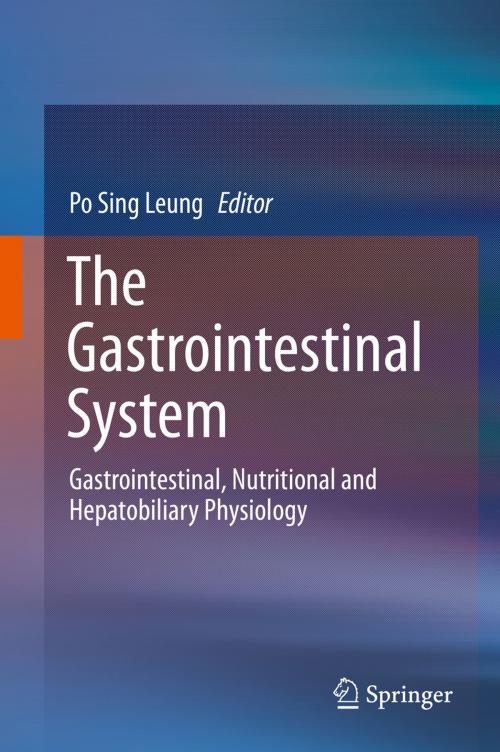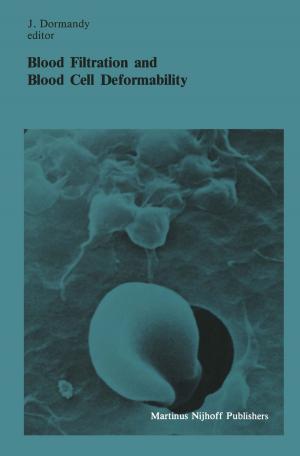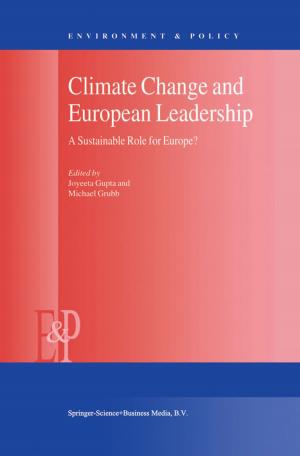The Gastrointestinal System
Gastrointestinal, Nutritional and Hepatobiliary Physiology
Nonfiction, Health & Well Being, Medical, Specialties, Internal Medicine, Gastroenterology, Medical Science, Physiology| Author: | ISBN: | 9789401787710 | |
| Publisher: | Springer Netherlands | Publication: | April 29, 2014 |
| Imprint: | Springer | Language: | English |
| Author: | |
| ISBN: | 9789401787710 |
| Publisher: | Springer Netherlands |
| Publication: | April 29, 2014 |
| Imprint: | Springer |
| Language: | English |
Gastrointestinal (GI) physiology is a fundamental subject that is indispensable not only for undergraduate but also for graduate courses. The audience include, but are not limited to, medical, pharmacy, nursing, human biology, Chinese medicine, and science students, as well as other health-related subject students. The overall objectives of this textbook are to present basic concepts and principles of GI physiology and, more importantly, to convey an understanding of how to apply this knowledge to abnormal GI physiology in the clinical context. As such, the basic knowledge of GI physiology and its application in the form of clinical case studies should be grasped, which are critical for professional examinations and bedside, as well as for general practice in the future. In this handbook, we aim to achieve these elements by covering the breadth of GI, pancreatic, hepatobiliary, and nutritional physiology. Moreover, we include relevant scenario-based clinical case in each chapter so as to evaluate whether the students can apply the basic GI they learn to the clinical setting.
Gastrointestinal (GI) physiology is a fundamental subject that is indispensable not only for undergraduate but also for graduate courses. The audience include, but are not limited to, medical, pharmacy, nursing, human biology, Chinese medicine, and science students, as well as other health-related subject students. The overall objectives of this textbook are to present basic concepts and principles of GI physiology and, more importantly, to convey an understanding of how to apply this knowledge to abnormal GI physiology in the clinical context. As such, the basic knowledge of GI physiology and its application in the form of clinical case studies should be grasped, which are critical for professional examinations and bedside, as well as for general practice in the future. In this handbook, we aim to achieve these elements by covering the breadth of GI, pancreatic, hepatobiliary, and nutritional physiology. Moreover, we include relevant scenario-based clinical case in each chapter so as to evaluate whether the students can apply the basic GI they learn to the clinical setting.















